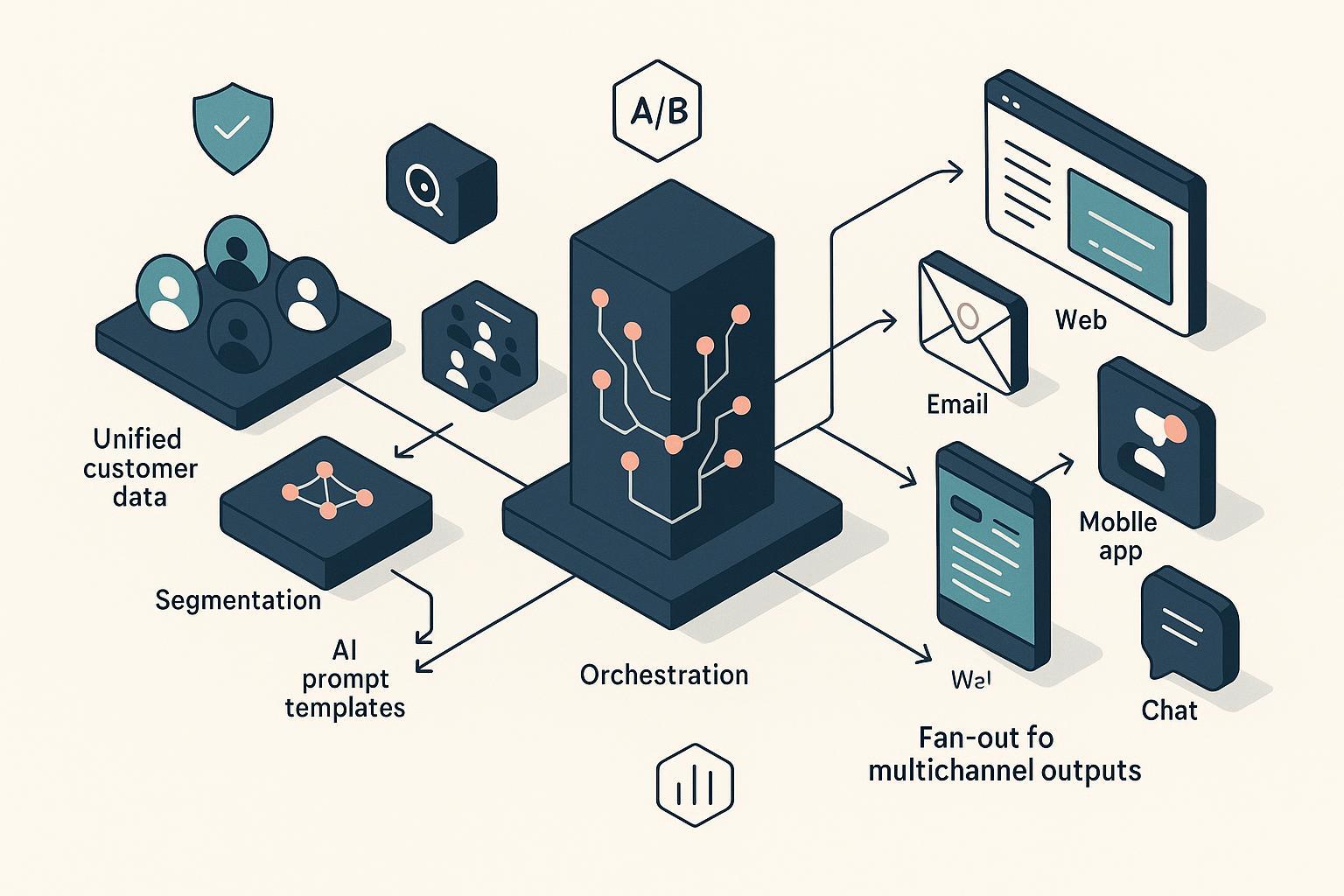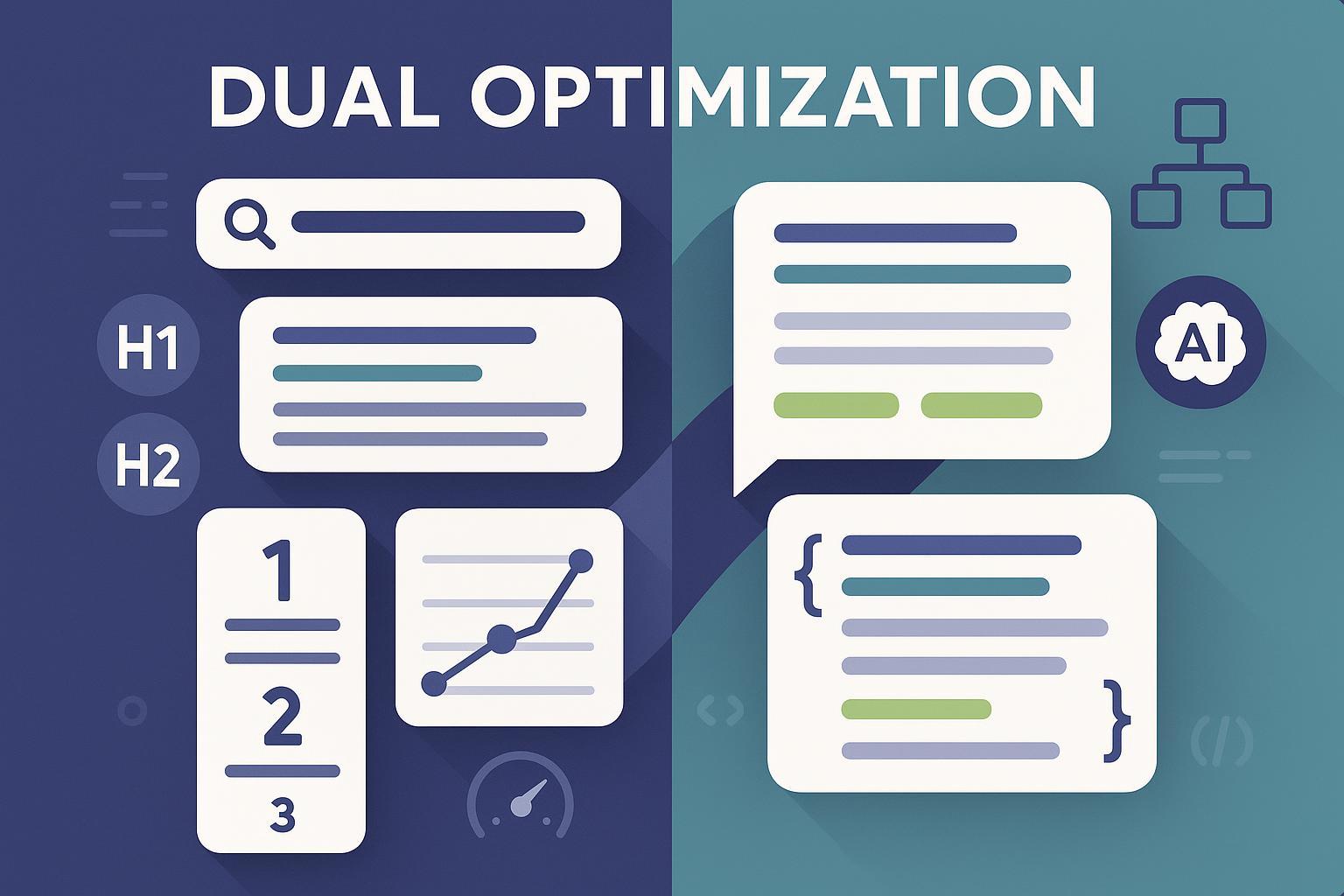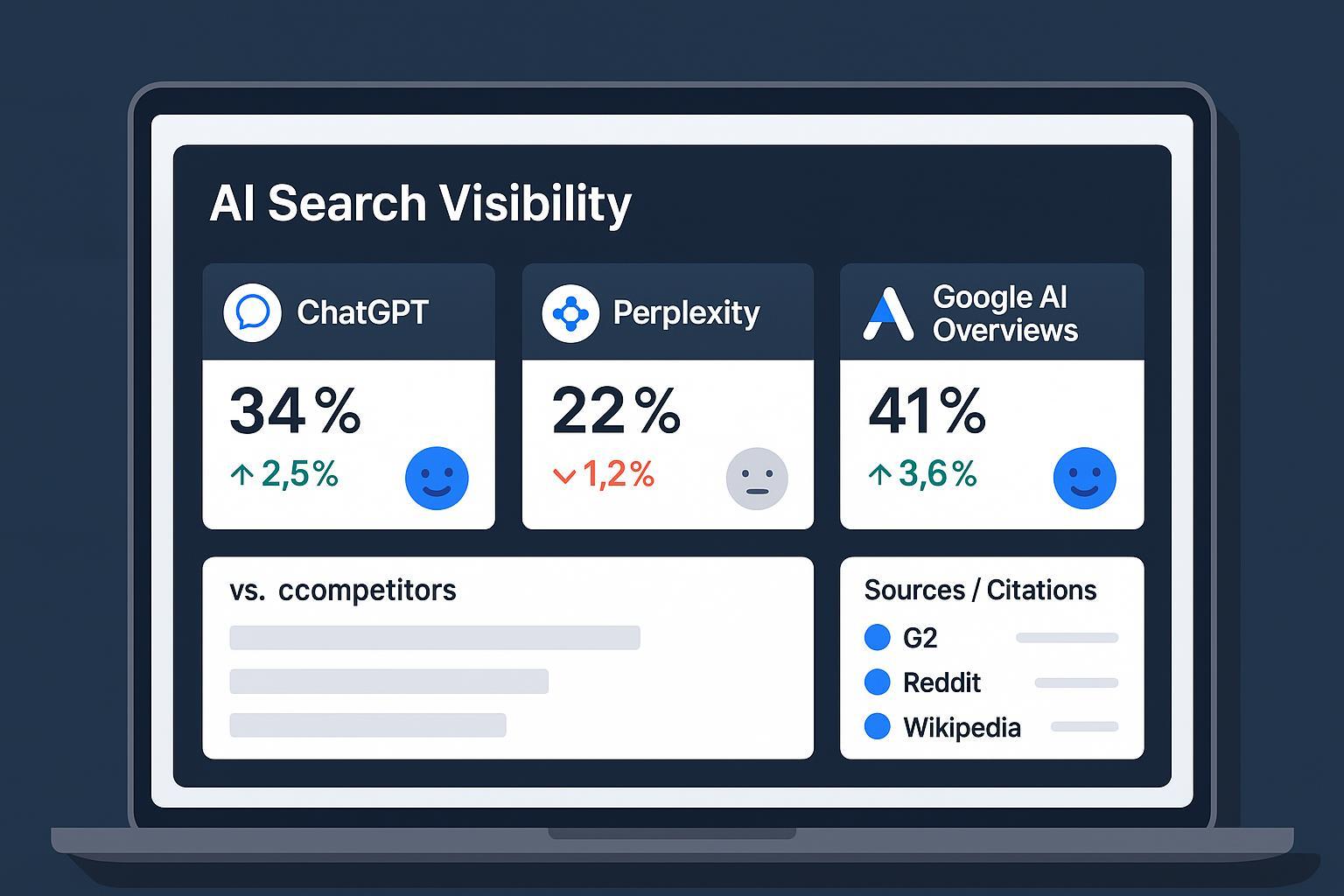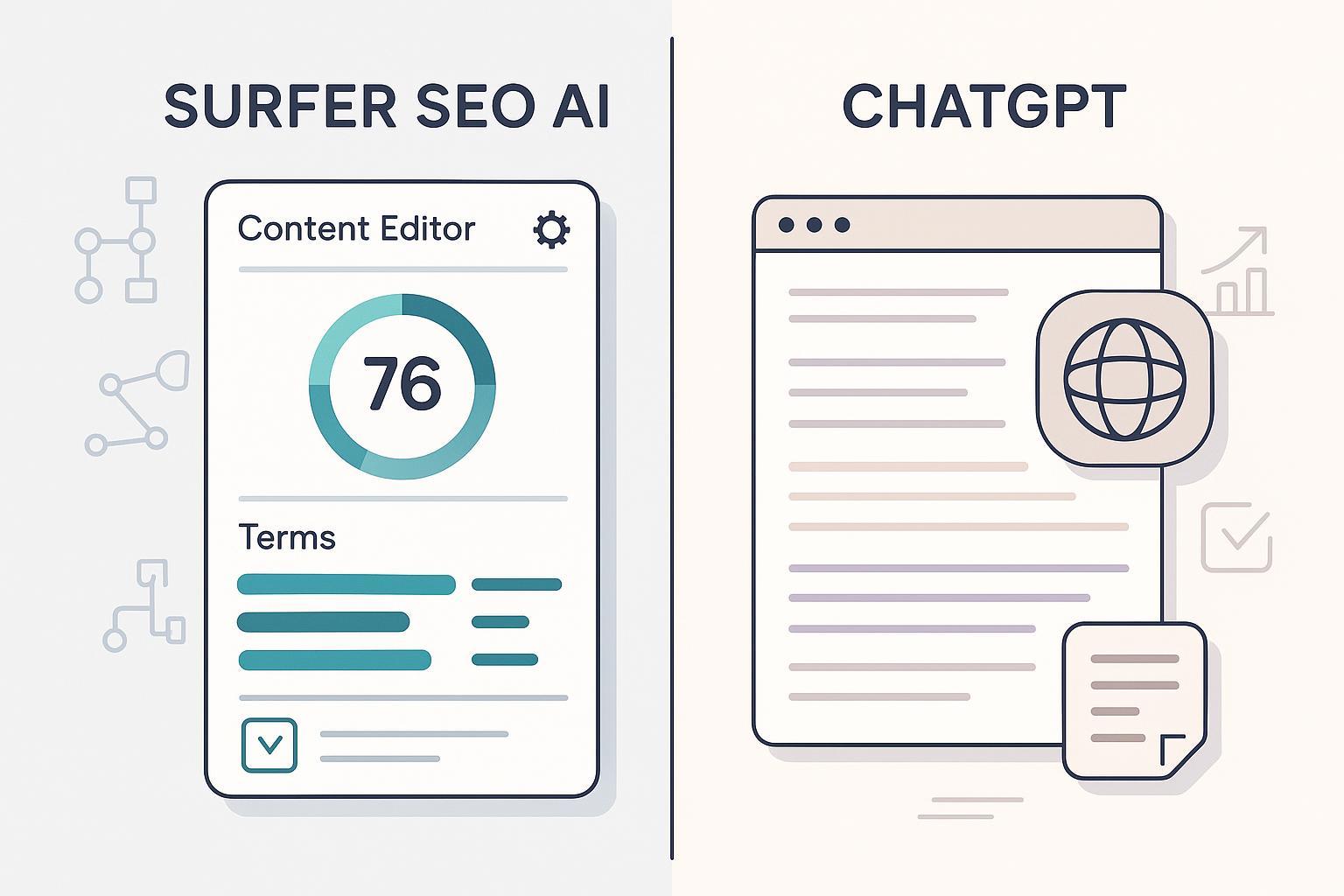GEO Best Practices for AI Search Engines: 2025 Playbook
Discover actionable 2025 GEO strategies for digital marketers—technical schema, E-E-A-T, and KPI frameworks for optimizing content visibility in AI-powered search engines like Google, ChatGPT, Perplexity.

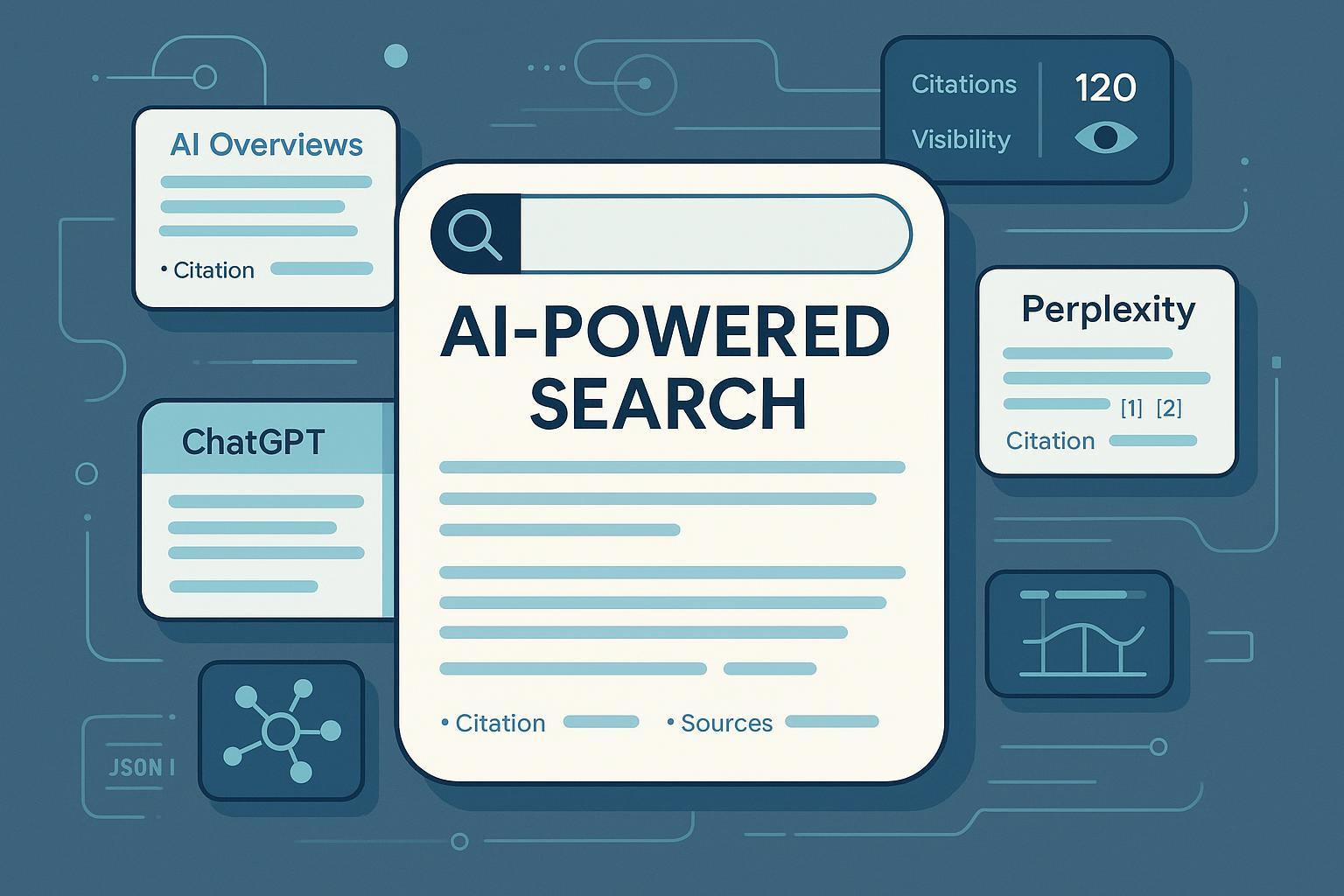
Generative engines are changing how people discover, evaluate, and act on information. In 2025, visibility isn’t just “ranking a page”—it’s being cited and represented accurately inside AI-generated answers. The practices below come from field implementations across Google’s AI Overviews/AI Mode, OpenAI’s ChatGPT with search, and Perplexity. They’re designed to be immediately actionable, measurable, and adaptable.
How generative engines choose and cite sources (what you’re optimizing for)
- Google’s AI experiences—AI Overviews and AI Mode—synthesize query subtopics (“fan-out”) and cite pages they deem helpful. Google emphasizes continuing to build people-first content and structured data; there is no special “AI Overview markup.” According to the Google Product Blog AI Mode update (May 20, 2025) and Search Central guidance on AI features (2025), publishers should focus on helpful content, technical hygiene, and supported structured data.
- ChatGPT’s search/browsing can return live web citations, but inclusion and fidelity vary with feature availability and query context. See OpenAI’s “Introducing ChatGPT search” (2024) for capabilities and caveats.
- Perplexity prominently surfaces citations and multi-step synthesis (“Deep Research”). Their product posts make source inclusion visible to users, as in “Introducing Perplexity Deep Research” (Feb 14, 2025).
What this means for GEO: you’re optimizing for answerability, clarity, authority signals, and machine-friendly structure—so engines can confidently quote, link, and represent your content.
Architect content for answerability (and make it machine-parseable)
Generative engines favor content that directly answers intent, is easy to quote, and carries clear metadata.
- Use answer-first formatting:
- Open with a concise definition or recommendation.
- Follow with a rationalized explanation and steps.
- Conclude with a short recap and pointers to related concepts.
- Build Q&A and step-by-step modules:
- Add a visible FAQ section on key pages.
- Break “how to” content into discrete steps with clear headings.
- Implement supported structured data (JSON-LD) and validate. Google’s Structured data intro (2025) and Search Gallery outline required properties.
FAQPage (JSON-LD) template
{
"@context": "https://schema.org",
"@type": "FAQPage",
"mainEntity": [
{
"@type": "Question",
"name": "What is Generative Engine Optimization (GEO)?",
"acceptedAnswer": {
"@type": "Answer",
"text": "GEO is the practice of optimizing content for AI-powered search engines to increase citations and visibility in generative answers."
}
}
]
}
HowTo (JSON-LD) template
{
"@context": "https://schema.org",
"@type": "HowTo",
"name": "How to add HowTo schema in JSON-LD",
"step": [
{"@type": "HowToStep", "name": "Identify steps", "text": "List your instructions as discrete steps."},
{"@type": "HowToStep", "name": "Add JSON-LD", "text": "Paste the HowTo object into your page template and validate."}
]
}
Validation checklist:
- JSON-LD uses the correct schema type and required properties.
- The Q&A or HowTo section is visible to users (not hidden).
- Test in Rich Results Test; resolve warnings and errors.
- Re-validate after publishing and whenever the page changes.
Build entity coherence and trust (E-E-A-T foundations)
Google’s Quality Rater Guidelines inform how systems aim to surface helpful, trustworthy content. In 2025 updates, raters focus more on spam prevention and clarity of provenance. Use E-E-A-T-aligned signals:
- Publish detailed author bios (experience, credentials) and reviewer notes for sensitive topics.
- Add transparent About, Contact, privacy policy, editorial policy, and change logs.
- Strengthen Organization/Person schema with sameAs links to authoritative profiles (LinkedIn, Wikipedia, Wikidata). Example:
{
"@context": "https://schema.org",
"@type": "Article",
"headline": "GEO Strategies for AI-Powered Search (2025)",
"author": {
"@type": "Person",
"name": "Your Name",
"jobTitle": "Head of SEO",
"worksFor": {"@type": "Organization", "name": "Your Company"},
"sameAs": ["https://www.linkedin.com/in/yourprofile"]
},
"publisher": {
"@type": "Organization",
"name": "Your Company",
"logo": {"@type": "ImageObject", "url": "https://example.com/logo.png"}
},
"datePublished": "2025-10-06"
}
- Ensure accessibility and structure. Following W3C’s WCAG 2.2 (2023–2024 updates) improves machine readability and user experience (Focus Not Obscured, Target Size, Accessible Authentication, Consistent Help).
- For multilingual sites, implement reciprocal hreflang correctly and avoid auto-redirects. See Google’s internationalization guidelines (localized versions and hreflang) on Search Central.
Platform-specific action plans (what to do differently per engine)
Google AI Overviews and AI Mode
- Write comprehensive, helpful content that fully addresses intent; use clear headings, Q&A sections, summaries, and citations to primary sources.
- Implement supported structured data (FAQPage, HowTo, Article; Speakable for voice where relevant). There’s no special markup for AI Overviews.
- Maintain freshness: update critical pages on a clear cadence; surface last updated timestamps.
- Monitor via Search Console and field tests; note which pages get cited in AI summaries.
- Reference: Google’s AI Mode update (2025) and AI features guidance.
ChatGPT with search/browsing
- Publish citable assets: FAQs, definitions, checklists, and original research with explicit references.
- Reinforce entity coherence: Organization/Person schema, sameAs, and consistent naming.
- Keep high-value resources current; test prompts monthly to check citation consistency.
- Reference: OpenAI’s 2024 post “Introducing ChatGPT search” and ongoing release notes.
Perplexity
- Favor concise, high-signal pages with direct answers; keep content current and well-structured.
- Expect visible citations; review where your domain appears and tune content accordingly.
- Reference: Perplexity’s “Deep Research” (2025) and Search API coverage.
Measurement and iteration workflow (make GEO accountable)
GEO success is measurable. Define KPIs, test regularly, and iterate based on evidence.
Core KPIs to track in 2025 (practitioner consensus):
- AI citation count: total references to your domain across engines.
- Citation share: percentage of answers in a tracked query set that include your site vs. competitors.
- Attribution rate: share of linked vs. unlinked vs. implied brand mentions.
- LLM visibility rate: percent of tested prompts where your content is present (linked or named).
- Perception match: whether AI descriptions align with your canonical positioning.
- AI referral traffic and conversion lift: sessions originating from chat.openai.com, perplexity.ai, and similar; model incremental impact with holdouts where referrer signals are limited.
A practical monthly cadence:
- Define 50–200 priority intents (problem, solution, brand queries).
- Test across Google (AI Overviews/AI Mode), ChatGPT with search, and Perplexity; log outputs.
- Tag citations as linked/unlinked/implied; score source prominence.
- Calculate citation share and visibility indices; benchmark vs. peers.
- Update content and schema based on gaps; re-test in 2–4 weeks.
According to Search Engine Land’s 2025 guidance on generative search KPIs, citation share and visibility indices are emerging leading indicators of GEO progress; use them alongside traffic and conversions to avoid tunnel vision.
First-mention product example for ongoing monitoring:
- Use Geneo to centralize AI citations, sentiment, and historical query tracking across ChatGPT, Perplexity, and Google AI Overviews. Geneo is our product. This helps teams see which intents your brand wins and where engines misrepresent your positioning. Pair the monitoring with targeted content updates and structured data fixes.
For community-driven citation building and workflows, see Reddit communities citation best practices for practical tactics to earn references that LLMs re-use.
Common implementation checklists and pitfalls
Technical checklist:
- Validate FAQPage, HowTo, Article, Organization, and Person schema on all priority pages.
- Add author bios and reviewer notes where expertise matters; link sameAs to authoritative profiles.
- Include descriptive, accessible alt text; provide transcripts for video/audio; follow WCAG 2.2 criteria.
- Ensure canonicalization and hreflang consistency for multilingual sites; avoid auto-redirects.
- Keep sitemaps current; monitor crawl errors; fix broken internal links.
Content checklist:
- Write answer-first intros and scannable sections; include summaries and references.
- Publish explicit definitions and glossaries for critical concepts.
- Refresh high-intent pages at least quarterly; log changes.
- Add Q&A modules aligned with real user questions; avoid fluff.
Pitfalls to avoid:
- Treating structured data as a “ranking switch”—it’s for clarity, not a guarantee of AI citation.
- Chasing volume over relevance—optimize for high-intent, high-fit queries first.
- Neglecting entity hygiene—unclear org/author signals reduce trust.
- Over-claiming impact from a single study—results are query- and time-dependent. Validate locally.
30/60/90-day GEO plan (field-tested)
-
Days 1–30: Baseline and foundations
- Inventory priority intents and pages; map queries to problems, solutions, and brand.
- Implement FAQPage and HowTo schema on 20–50 core pages; validate.
- Publish/upgrade author bios, editorial policy, and change logs.
- Start monthly testing across Google AI Overviews/AI Mode, ChatGPT with search, and Perplexity.
-
Days 31–60: Structured iteration
- Close content gaps with answer-first modules; add citations to primary sources.
- Fix entity signals (Organization/Person schema, sameAs). Address accessibility issues (WCAG 2.2).
- Benchmark citation share and visibility; prioritize 10–20 intents for focused improvement.
-
Days 61–90: Scale and refine
- Roll out hub-and-spoke clusters and internal Q&A linking.
- Expand multilingual coverage with proper hreflang and canonical alignment.
- Establish a quarterly refresh cadence and KPI review; plan A/B tests on content framing.
Evidence and external context to inform decisions
- Google states AI features aim to help users explore the web and include links; optimization remains helpful content plus supported structured data. See Google Product Blog (2025 AI Mode update) and Search Central AI features guidance (2025).
- ChatGPT’s search/browsing can include citations but is feature-dependent; verify visibility by testing priority prompts monthly. Reference OpenAI’s 2024 “Introducing ChatGPT search”.
- Perplexity emphasizes visible citations in “Deep Research.” See Perplexity’s Feb 2025 post.
- Adoption context: Organizations’ AI use continued to grow; the Stanford HAI AI Index 2025 reports substantial year-over-year increases, underscoring the business imperative to measure GEO outcomes.
For deeper strategy walkthroughs and ongoing updates, explore Geneo’s blog and strategy guides, which cover monitoring routines and evolving practices for AI-powered search.
Closing and next steps
If you implement the 30/60/90 plan, validate schema, and adopt a monthly testing cadence, you’ll have the operational backbone to win citations and accurate representation across AI engines.
As you mature, consider consolidating monitoring and sentiment analysis to keep teams aligned on what’s working and what isn’t. Geneo can serve as that centralized layer for citation tracking and AI visibility across engines—used alongside your existing analytics stack.
Notes on boundaries: GEO is iterative; results vary by engine, query, and timeframe. Treat KPIs as directional and validate impact locally with controlled comparisons. Keep adapting as platforms evolve; re-check official docs quarterly.


